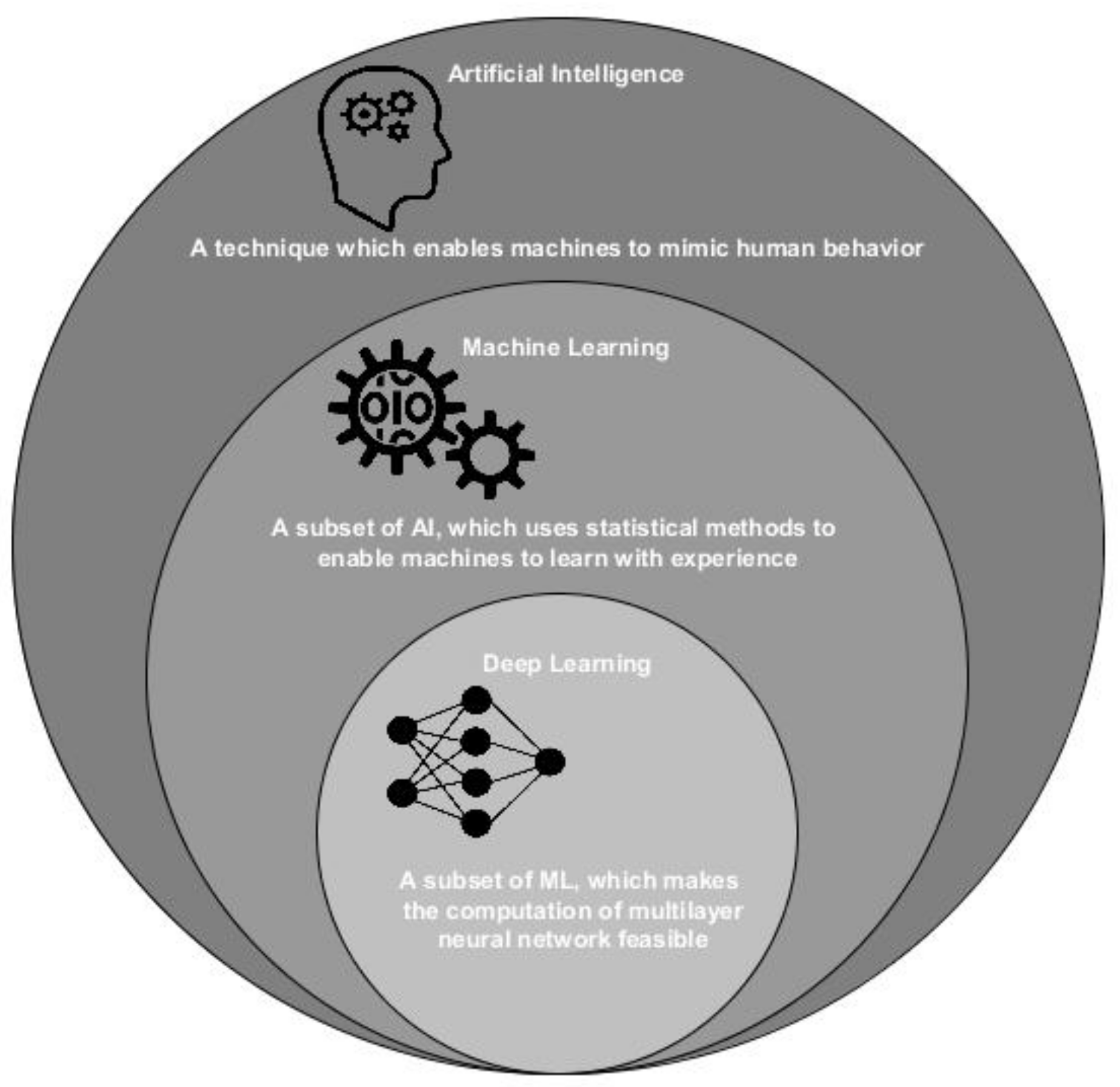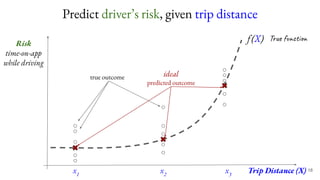Improving prediction of human behavior using behavior
$ 12.50 · 5 (74) · In stock

The derivation elucidates the implications of behavior modification to data scientists, platforms, their clients, and the humans whose behavior is manipulated, and decomposes the expected prediction error given behavior modification. The fields of statistics and machine learning design algorithms, models, and approaches to improve prediction. Larger and richer behavioral data increase predictive power, as evident from recent advances in behavioral prediction technology. Large internet platforms that collect behavioral big data predict user behavior for internal purposes and for third parties (advertisers, insurers, security forces, political consulting firms) who utilize the predictions for personalization, targeting and other decision-making. While standard data collection and modeling efforts are directed at improving predicted values, internet platforms can minimize prediction error by "pushing" users' actions towards their predicted values using behavior modification techniques. The better the platform can make users conform to their predicted outcomes, the more it can boast its predictive accuracy and ability to induce behavior change. Hence, platforms are strongly incentivized to "make predictions true". This strategy is absent from the ML and statistics literature. Investigating its properties requires incorporating causal notation into the correlation-based predictive environment---an integration currently missing. To tackle this void, we integrate Pearl's causal do(.) operator into the predictive framework. We then decompose the expected prediction error given behavior modification, and identify the components impacting predictive power. Our derivation elucidates the implications of such behavior modification to data scientists, platforms, their clients, and the humans whose behavior is manipulated. Behavior modification can make users' behavior more predictable and even more homogeneous; yet this apparent predictability might not generalize when clients use predictions in practice. Outcomes pushed towards their predictions can be at odds with clients' intentions, and harmful to manipulated users.
Module 1 - Introduction To Human Behaviour in Organizations, PDF, Organizational Behavior

PDF) Ability of Human Behavior Prediction from the Viewpoint of Machine Learning and Quantum Theories

Improving” prediction of human behavior using behavior modification

Improving prediction of human behavior using behavior modification

Sustainability, Free Full-Text

AI-Powered Prediction Models Set to Advance HealthCare by Leaps and Bounds

Improving” prediction of human behavior using behavior modification
Prediction and Control of Human Behavior in Organizations – A study by Artur Victoria

Episode 34: Hacking Your Lower Brain to Improve Predictions ARC Centre of Excellence for Mathematical and Statistical Frontiers

Brownbag Series
Ali Tafti on LinkedIn: I'm excited to share that a joint paper with Galit Shmueli, How to…

Improving” prediction of human behavior using behavior modification

Upcoming Brownbag Series
![]()
Predicting Customer Behavior with the Power of AI Marketing Tools

Machine Learning NeEDS Mathematical Optimization – Branding of OR in AI with the Support of EURO


